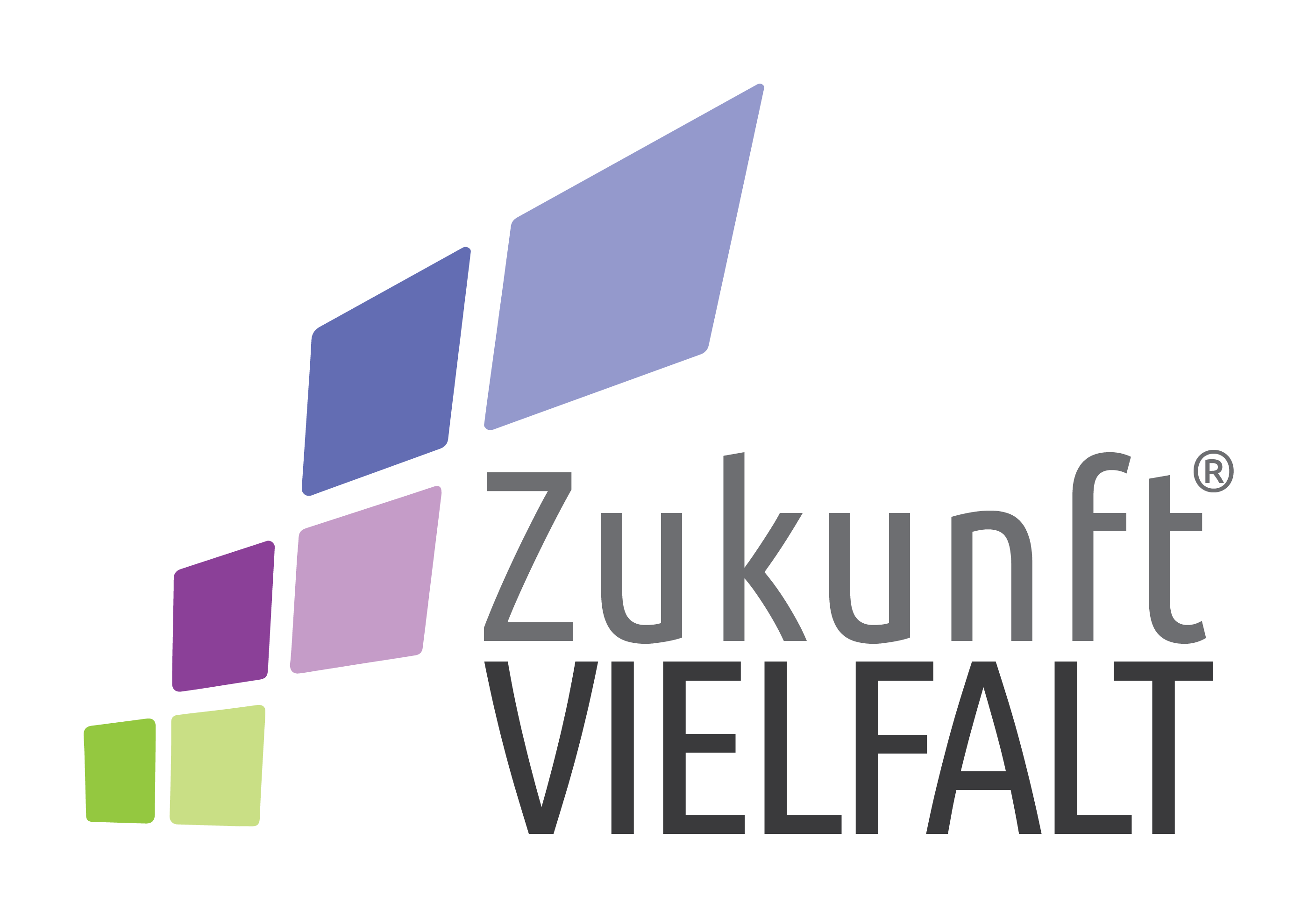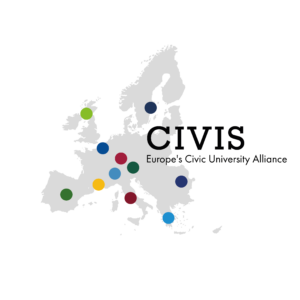FANTASTIC BODY TRANSFORMATIONS
PROJECT SUMMARY, 2004-2008
Proceeding from the assumption that all fantastic literature is connected with the human, this Project explored transformations of the human body in British fantastic literature from the mid-18th century until the present. Concentrating on the ways in which experiments with the body constitute generic tendencies in gothic, romance, fantasy, and science fiction, and on how they relate to both changing ideas about the human and narrative strategies (e.g. the role of communication and comment, theatricality, discursive meandering, framed or fragmented texts), the Project has opened new insights into the dynamics of fantastic genres and into their historicity.
In the light of current practices of body modification (cosmetics, fashion, anti-ageing, organ transplantation, plastic surgery, and genetic engineering), the changing visions about man, investigated in this Project, as being either capable of unbounded enhancement or subject to extraneous transforming powers (natural disasters, biotechnology) are relevant to sociological, anthropological and medical/scientific enquiries into the possibilities and limits of humanity.
The major contribution of the Project to hypothesis formation lies in the comparative and diachronic study of continuous and discontinuous functions of the body across genres and periods. A theoretical model has been evolved that maps fantastic texts with regard to
a) the ways in which the human body is transformed,
b) the effects of such transformations, and
c) the cultural environment in which they occur.
Based on four categories: visibility, performance, discreteness (the nexus between mind and body), and the make-up (material substance) of the body, this model describes fantastic transformations of the body in terms of transgressions of one or several of these categories. This has made it possible to trace the shifting nexus between particular tendencies and particular genres (e.g. non-visibility and diminished performance in gothic, enhanced mobility in fantasy) and explain the limitless play with the human body in terms of both generic changes and a society’s concerns, hopes and anxieties: Monsters are firmly embedded in medical discourses on anatomic abnormalities; early gothic draws upon C-18 political discourse; scientific tracts about life extension bear striking relevance to visions of immortality in post-1960s science fiction; computer technology has boosted fantastic explorations of cyberspace, and genetic engineering has led to innumerable cloning narratives, with a new focus on character.
The findings of the Project relate to phenomena and strategies of the fantastic (narratology), to genre theory and cultural studies and are documented in papers, monographs, and collections of essays (published or in print). The Project has furnished the groundwork for a number of MA- and PhD-theses. Its results include international collaborations, with the institution of two bilateral PhD-networks, a multimedial presentation, and an interactive database Portal to the Fantastic (https://www.research.sbg.ac.at/alien), which is open to all researchers working on the fantastic and related interest areas, and aims at creating international and transdisciplinary research networks.




